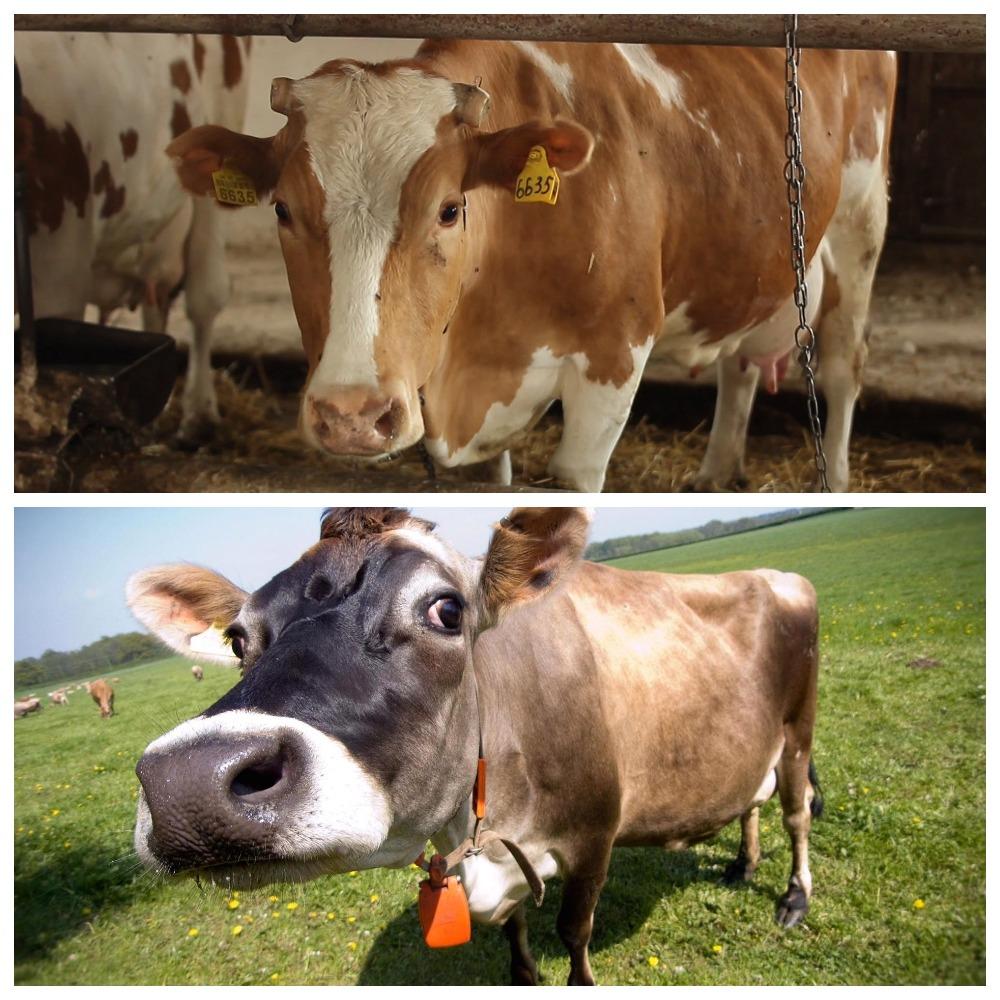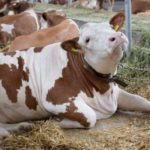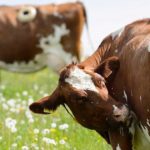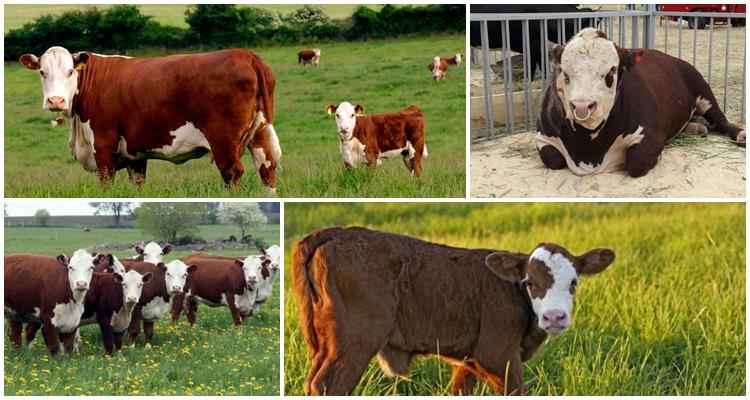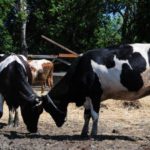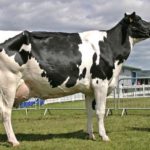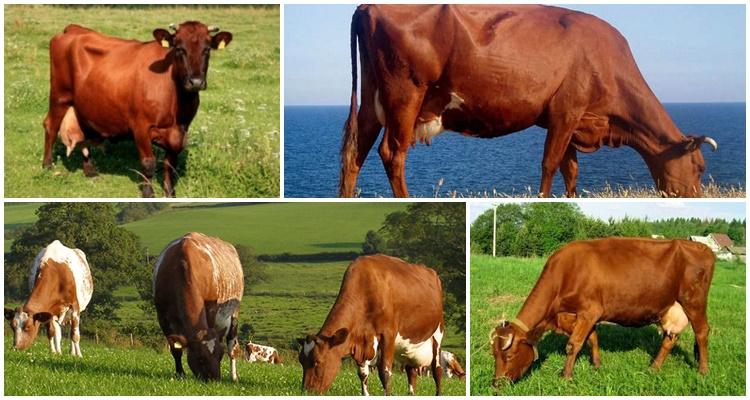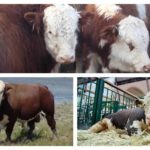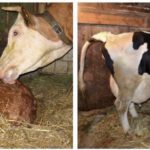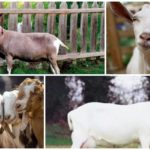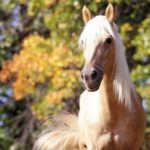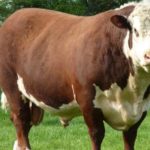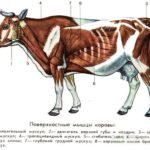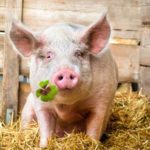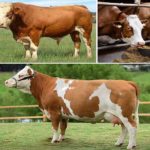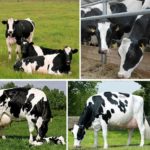Cows are kept and raised for milk and meat. For farm animals, productivity is what determines how long they will live. Naturally, this period is much shorter than the biological one. How to find out how long a cow lives in a private household and on a production farm, what determines its life expectancy and whether or not it can be increased.
What determines the lifespan of a cow?
The lifespan of cattle is influenced by several factors.Breed, size, milk production are genetic factors that are laid down by nature and breeders. The rest - feeding, conditions of detention and care, health - depend, first of all, on the owner. If a cow is well cared for and fed, it can live longer than an animal kept in poor conditions.
The lifespan of livestock is influenced by climatic conditions; cattle are best suited to a temperate climate, with an average temperature of 10˚C. Cows do not tolerate heat, humidity, or drafts. In regions with harsh climates and poor vegetation, livestock live less.
What is the life expectancy of cattle?
Since many factors influence how long a cow will live, you need to consider each of them separately.
By country
Not in all countries where cows are kept, they live the same long time. Life expectancy is influenced by climate, the way animals are kept, people’s attitude towards them and how much milk and meat they want to get from livestock.
| A country | Lifespan (years) |
| Russia | 10-12 |
| USA | 15-20 |
| Israel | 30 |
| India | 35 |
India occupies a leading position because cows are not raised for meat there, and they have the opportunity to live as long as nature intended for them. Of course, not every individual can live 35-40 years (the species lifespan of cattle), but many exceed the period that an average cow can live.
Depending on the breed
All cattle breeds are divided into dairy, meat and meat and dairy. Animals from which they receive milk live as long as they can maintain their milk yield at the required level. Beef cows live until they grow and gain enough weight for slaughter. Breeding animals kept for breeding live longer.Meat and dairy occupy a middle position, since milk is obtained from them, but, if necessary, they are sent for slaughter.
| Breed | How long do they live (by year) |
| Dairy | 15 |
| Meat | 3-5 |
| Meat and dairy | 10-12 |
At home and on the farm
It is believed that cows that live indoors in rural areas can live longer due to the opportunity to graze, move, breathe fresh air and get portions of sunlight. If there is one cow, she receives more attention than several, which also increases life expectancy.
On factory farms, cows are kept as long as they are profitable. As soon as milk yield begins to decline, or the female cannot bear calves, the animals are transferred to fattening and slaughtered. On average, they live up to 12 years, which is average age.
| Conditions of detention | Lifespan |
| In the private sector | 15-17 |
| On the farm | 7-12 (breeding bulls 5-10 years old) |
In nature
By themselves, without human supervision, cows do not live in nature. Someone must be holding them. But, by biological standards, these animals can live 30 years, with a maximum of 35. At the same time, bulls live less than females.
| Species duration | By gender |
| 30-35 | 25-30 (cows) |
| 15-20 (bulls) |
Phases of a cow's life
After birth, the calf remains with its mother or is fed milk or milk substitute for up to 6 months. From 1.5-2 months he is accustomed to solid food. Puberty occurs on average at 7 months. For the first time, young heifers are born at 1.5 years, breeding bulls - at 2 years.Gestation of a calf lasts 9-10 months, during which time the heifers’ bodies continue to grow. It is finally formed by the age of 4 years.
Cows happen to have a calf every year. Lactation duration is 10-11 months. If the cow does not become pregnant and remains single, it happens the following year. Proper milking can prolong lactation even in females who have become single. After 4 years, the animal is considered an adult and lives for as many years as its maintenance is economically profitable.
Is it possible to increase lifespan
A cow is a living creature; its body responds to both good and bad conditions. If you provide livestock with a spacious, bright, clean, warm room, properly feed them, walk them and treat them for diseases, you will be able to prolong their life as much as possible. The best results were observed with stall-pasture housing, when cows have the opportunity to graze and move on pastures, and under unfavorable conditions they can stay indoors without being exposed to them. Nutrition is of great importance. Livestock that receive all the nutrients they need in the right quantities will live longer.
If animals are malnourished, eat monotonous or low-quality food, their lifespan is reduced.
Diseases significantly reduce the life potential of animals. There are many diseases that undermine the health or even result in the death of animals. Disease prevention - vaccination against infections, disinfection of premises and equipment, veterinary examinations and quarantine measures - will help keep diseases under control.
Dairy cows often have postpartum pathologies - diseases of the reproductive organs, inflammation of the udder.To prolong the life of a cow and its productive use, it is necessary to monitor its health during this period. Timely detection of the disease and treatment allows you to avoid further problems and culling of the animal due to its unsuitability for use.
Cleanliness is the key to health, so you need to clean the stall and change the bedding every day. Clean the animal's skin, massage the udder before milking and wash it. Make sure that the cow does not lie on a cold floor.
As for calves, the first days of their life, when they receive colostrum, determine how further development will proceed, the strength of the immune system and possible productivity. This is followed by the suckling period, when the calves must be fed milk. If they don’t get enough of it, it affects their development and shortens their lifespan, despite their genetic potential.
How to find out age?
It is sometimes necessary to determine the age of a cow when purchasing. In animal husbandry, the age of animals is determined by their teeth. This method of determination works especially well with herbivores, whose teeth wear down from eating roughage by a certain age.
Based on the nature of the measurements, it is possible to calculate how old a cow is with an accuracy of up to a year, and for calves - up to a couple of months. In calves, age is determined by the replacement of milk teeth with permanent ones. The calf is born with 4 incisors, sharper and thinner than the permanent ones. In just a week he may have 8 teeth (the edges begin to emerge). They complete development by 3-4 months. At six months the calf has 4 molars.
In one-year-old calves, the enamel on the toes wears off, and by the age of 2 they fall out. Then permanent ones erupt and grow in their place. By the age of 2.5 years, the middle incisors fall out, and by the age of 3, new ones grow.The margins are replaced by permanent ones by the age of 4, and by the age of 4.5 they are fully developed. In adult cows, the set of teeth changes completely by the age of 4 years. Over the next six months, the incisors (except for the edges) begin to wear off. The upper edge of these teeth wears off by the age of 5, and gaps appear between the incisors.
At 6 years old, changes are visible on the surface of the edges, the hooks and middle incisors are erased. By the age of 7, the enamel on the tongue part of the hooks is practically erased; by the age of 8, their rubbing part becomes square. At the age of 9, the enamel of the edges disappears; at 10, the incisors shorten and become thinner. The teeth take the shape of a square.
At 11-12 years old, the toes become rounded. Over the next 2 years, the enamel on all incisors wears off, and by the age of 15-18, stumps remain. After this, it becomes difficult to determine the age of the cattle. Yes, this is not necessary, since these are already old animals and unsuitable for economic use.
You can also determine age by the horns (in horned breeds). In calves, the rudiments of horns appear 2 weeks after birth. The horns appear at 2 months and grow at the same speed, adding 1 cm every month.
The age of cows that have given birth can be calculated by the number of rings on the horns. They form after childbirth. If we take into account that for the first time a cow gives birth to a calf at 2.5-3 years, you need to add 3 to the number of rings - the resulting figure will be the required number. However, this method will only be correct if the cow has calved annually, since rings do not form in single individuals.
The lifespan of cows depends on their genetic potential and the conditions of care and maintenance. If you properly feed, water, walk, clean, monitor the cleanliness of the room and the air in it, prevent and treat diseases, a cow at home can live a long time.All this time she will be able to thank for the care with milk and calves. With proper organization of cultivation and breeding, keeping livestock can be very profitable.

